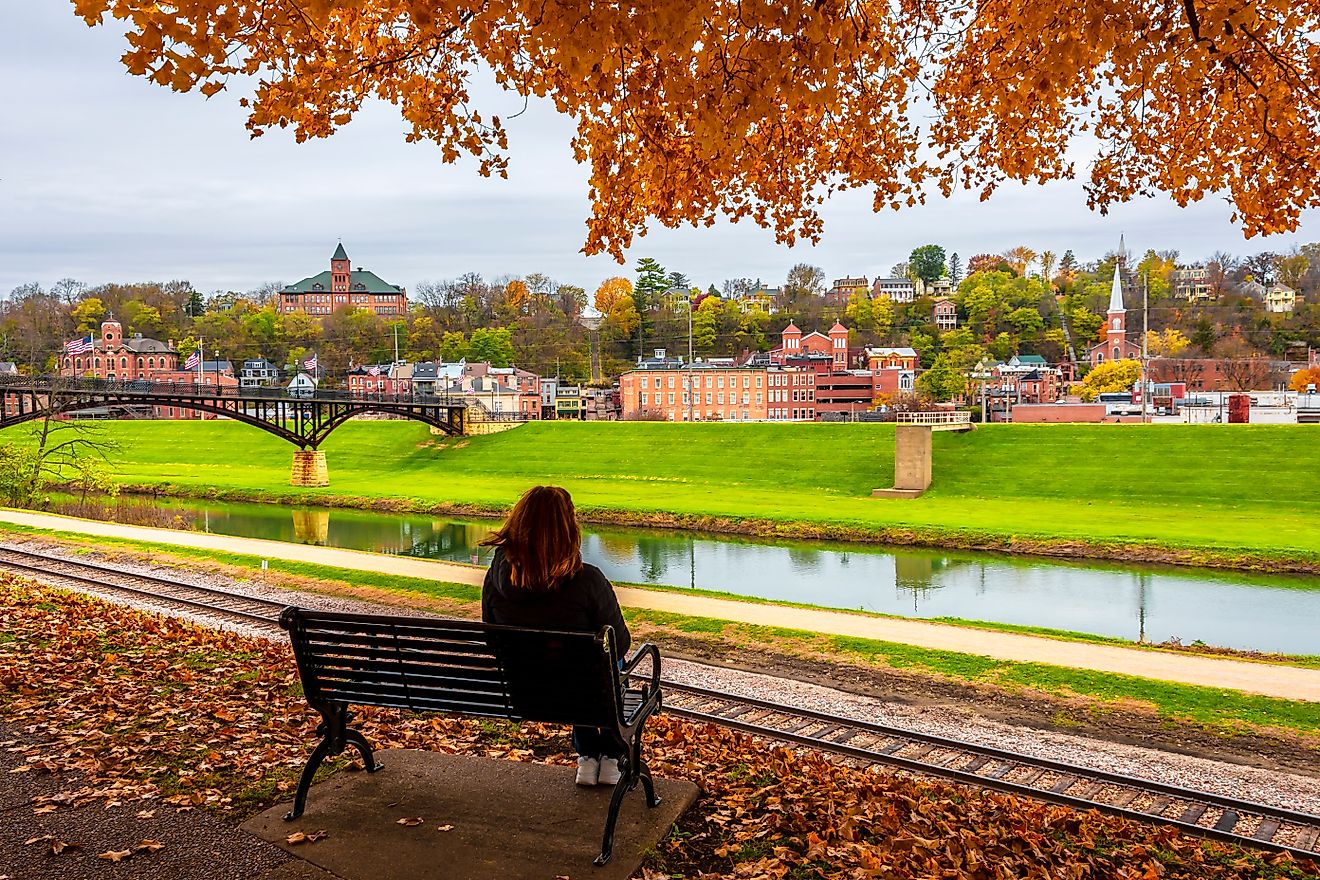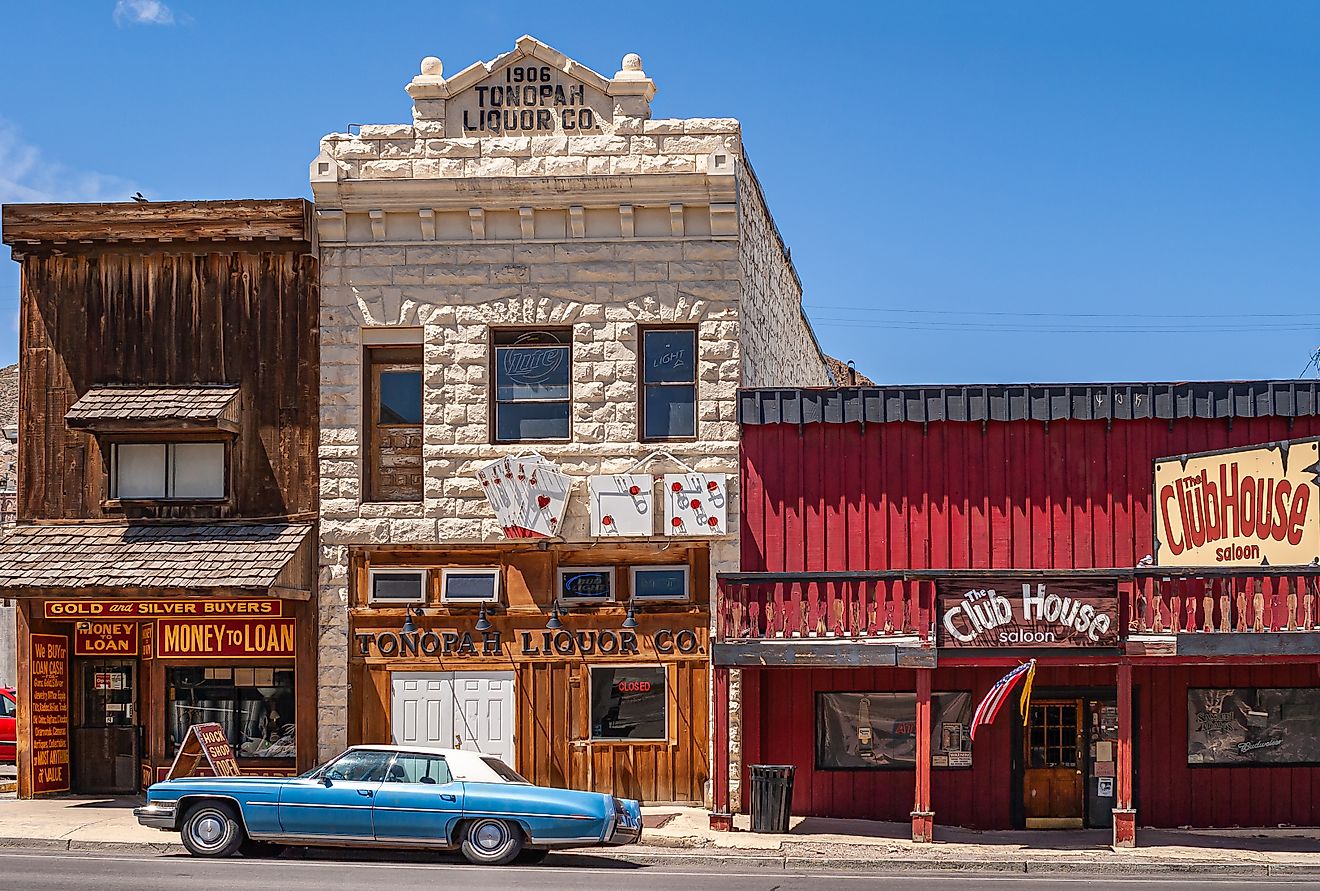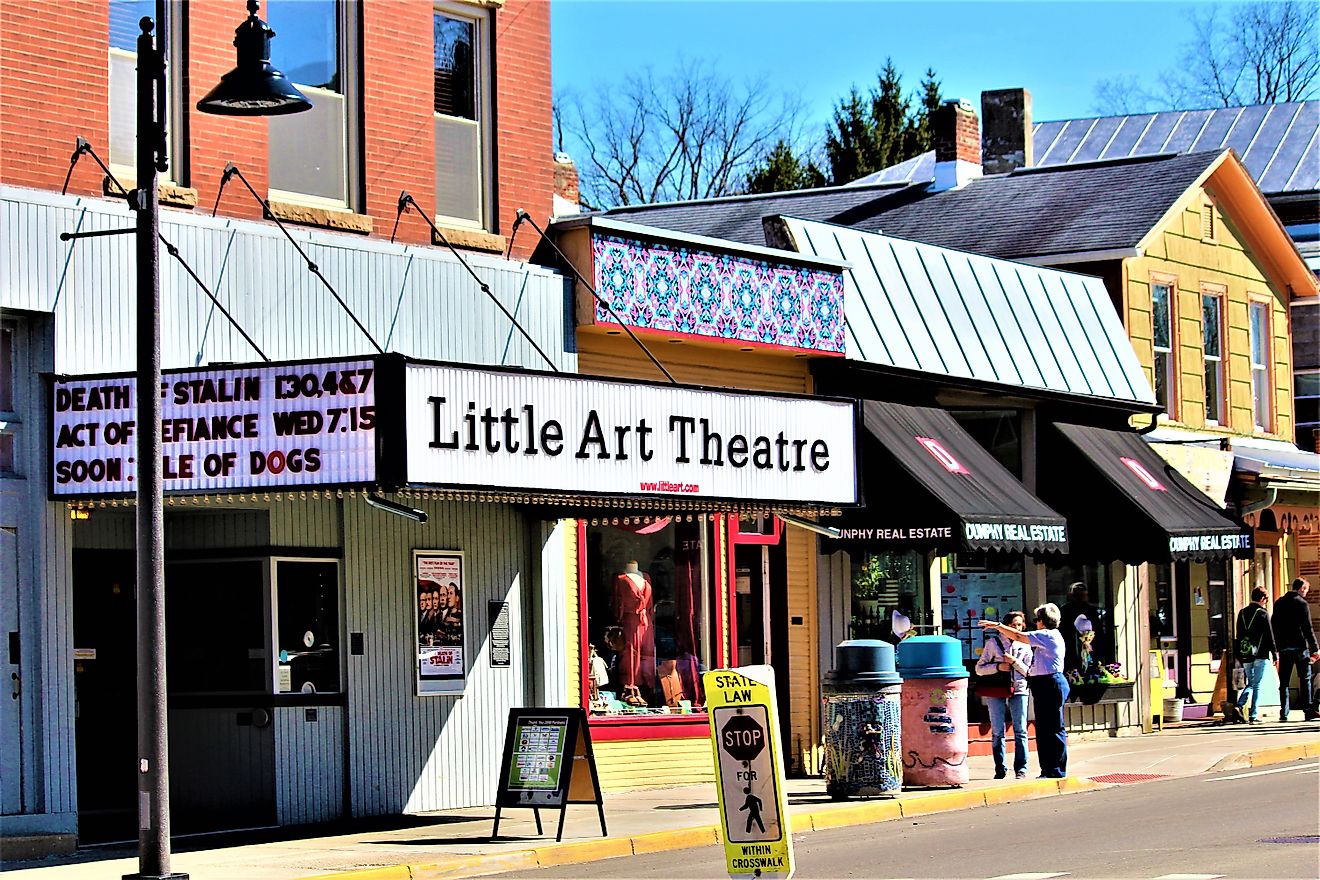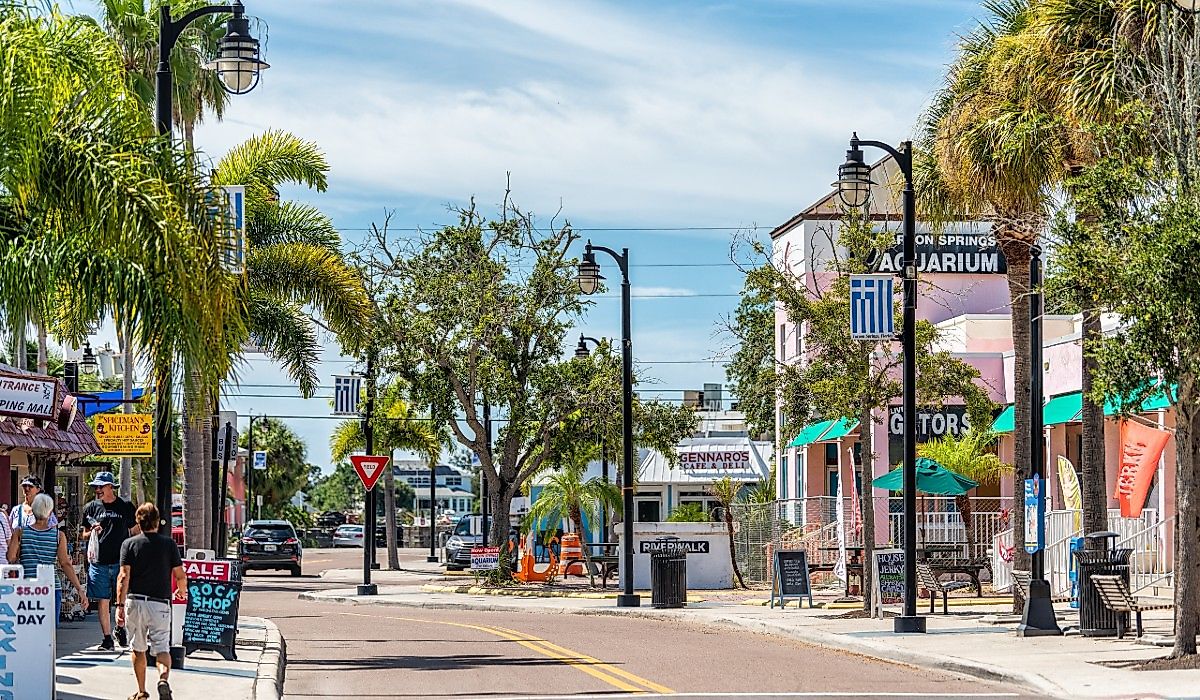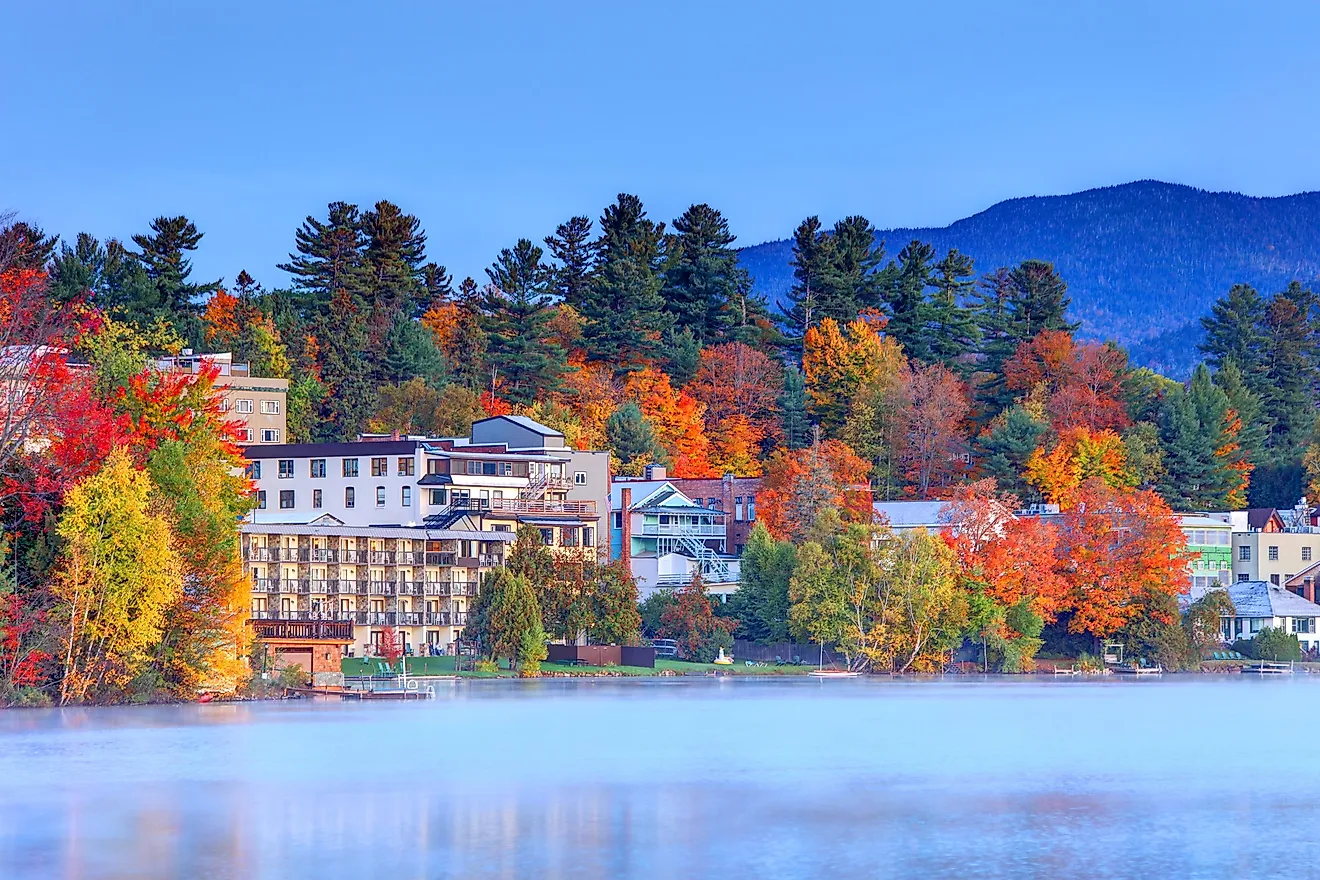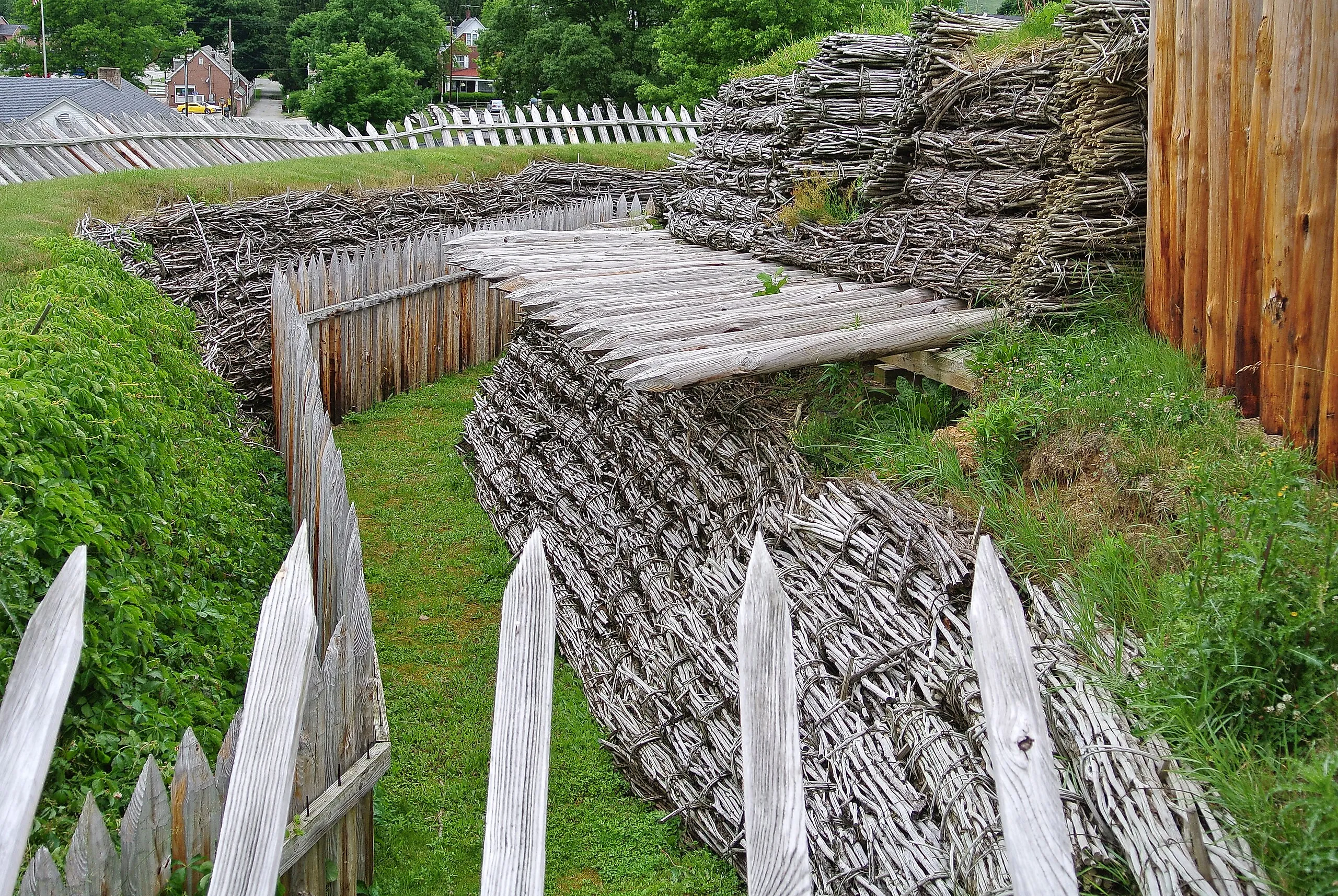
9 Must-See Historic Forts In Pennsylvania
Pennsylvania is home to a remarkable collection of historic forts that tell the story of America's early struggles, alliances, and expansion. From frontier outposts built to protect settlers during conflicts with Native American tribes, to strategic strongholds of the French and Indian War and the American Revolutionary War, these forts offer insight into the region's volatile past. Each site preserves not only military history but also the daily lives of soldiers, traders, and families who lived within their walls. From Fort Ligonier to Fort Mifflin, visiting these forts today provides a tangible connection to Pennsylvania's role in shaping the nation's history.
Fort Ligonier
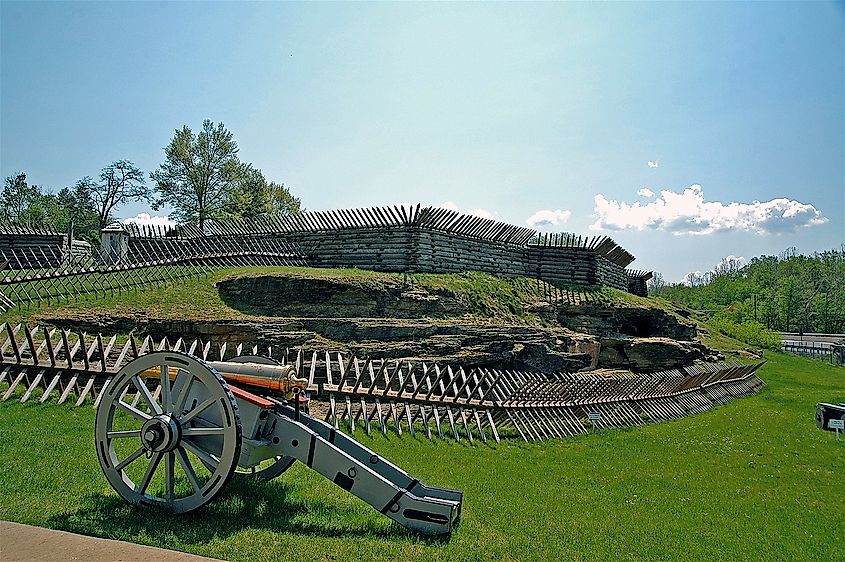
Fort Ligonier was built by General John Forbes and his army as a British frontier fort in 1758 during the French and Indian War. It served as a supply depot and staging area for the British in their campaign to capture Fort Duquesne in what is now Pittsburgh, Pennsylvania. During its eight years as a fort, Fort Ligonier was never taken by an enemy. The original Fort Ligonier has been reconstructed in the town of Ligonier, Westmoreland County, and stands as a museum and historical site.
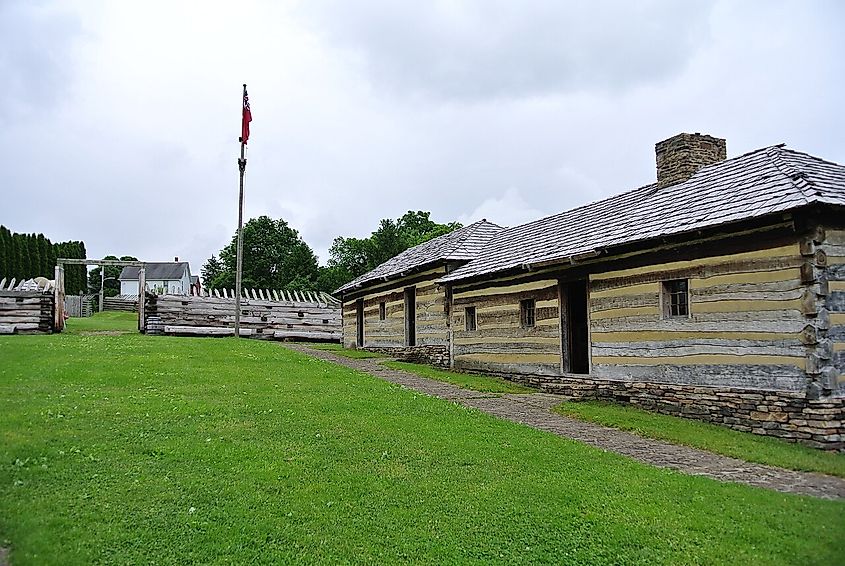
Fort Ligonier is open to the public every day (from early April through Thanksgiving weekend) from 10 a.m. to 5 p.m. Admission prices as of 2025 are $17 for adults; $14 for senior citizens age 62 and up; $10 for active military, veterans, and law enforcement; and $10 for children ages 4 to 17. Kids three and under, as well as Fort Ligonier Association Members, are admitted for free.
Fort Necessity
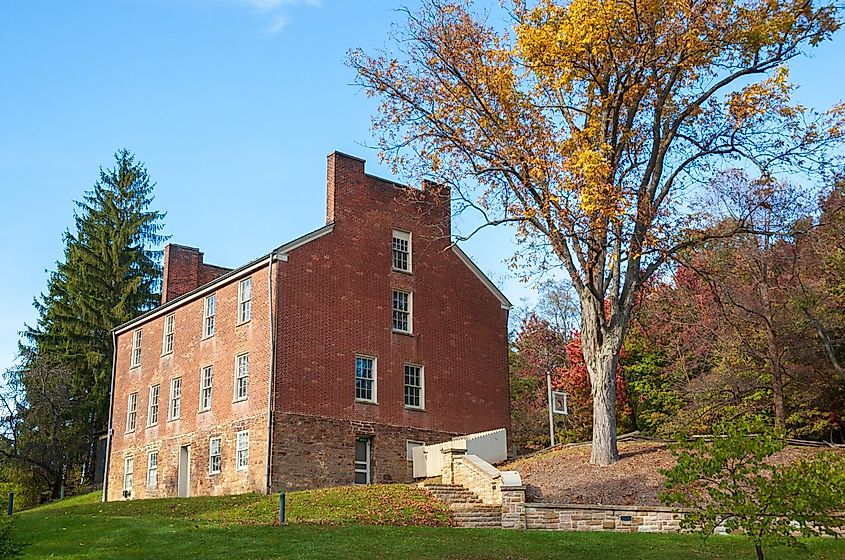
Fort Necessity National Battlefield is in Farmington, in Fayette County. It is managed by the National Park Service and preserves the site of the Battle of Fort Necessity, an early battle of the French and Indian War that took place on July 3, 1754. This is considered an important battle in history as George Washington led the British colonial forces against a French and Indian army. The Battle of Fort Necessity ended with a British defeat and marked the first time Washington was forced to surrender his troops.
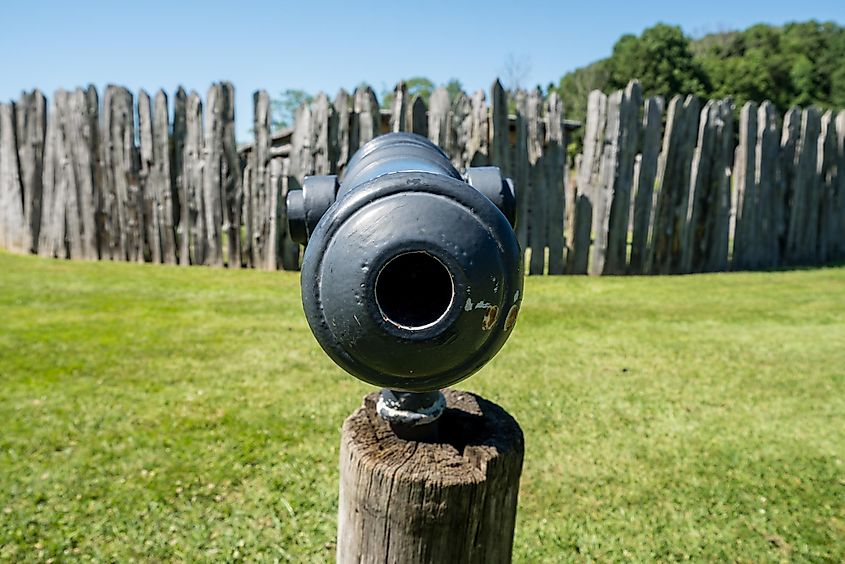
Fort Necessity National Battlefield is open every day from sunrise to sunset, and the self-guided museum is open May 1 through October 31. As of 2025, entrance to Fort Necessity is free.
Fort Mifflin
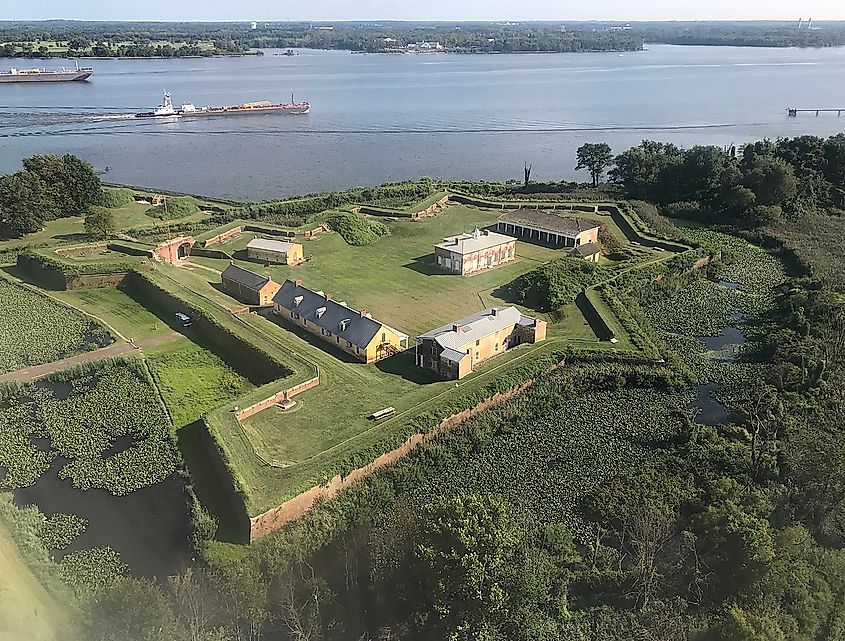
Fort Mifflin, also known as Fort Mifflin on the Delaware, was commissioned in 1771 and is on Mud Island on the Delaware River below Philadelphia. It played a significant role in the American Revolutionary War as a crucial defensive position on the Delaware River, delaying the British fleet long enough for General George Washington's troops to reach Valley Forge for the winter. It also served as a prison during the Civil War.
Today, Fort Mifflin is a National Historic Landmark, being one of the only intact Revolutionary War battlefields left, and the only fort in Philadelphia. The fort is open to the public from March 1 through December 15, Wednesdays through Sundays from 10 a.m. to 4 p.m. As of 2025, admission fees are $16 for adults, $14 for senior citizens, $12 for veterans, and $10 for children ages 6 to 12. Children ages 5 and younger are admitted for free. Special living history events held at the fort may carry different charges.
Fort Pitt/Fort Duquesne
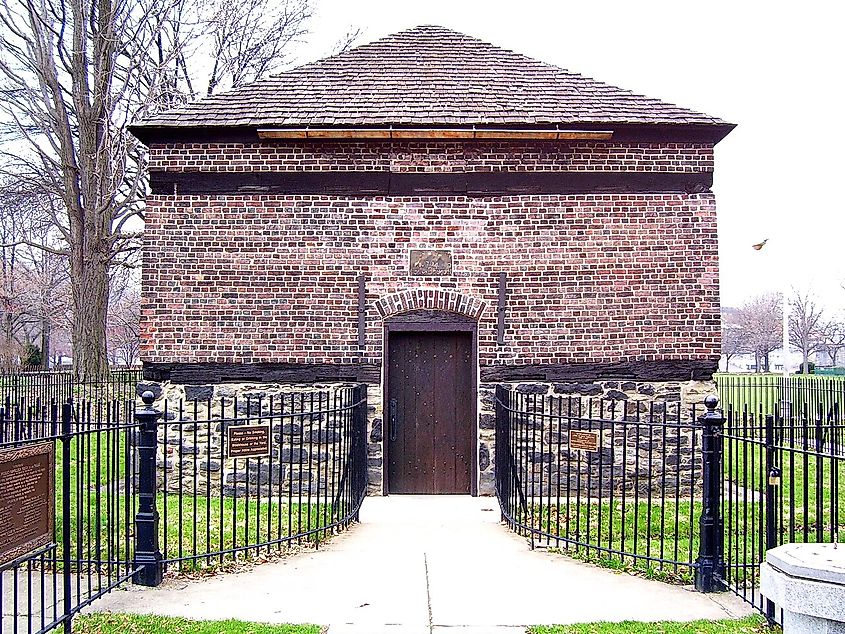
Established by the French in 1754, Fort Duquesne sat at the confluence of the Allegheny and Monongahela Rivers in the Ohio River Valley. It served as a French fort during the Seven Years' War. British General John Forbes and his army succeeded in capturing Fort Duquesne in 1758 and established Fort Pitt on the site. Located in what is today the city of Pittsburgh's Point State Park, Fort Pitt weathered one attack, the Siege of Fort Pitt, led by Native Americans as part of Pontiac's War in 1763. Fort Pitt served as a key British fort during the French and Indian War. It also served as the western headquarters for the Continental Army during the American Revolution. Once the American Revolution ended in 1783, the army maintained a small garrison at the fort but sold the fort property to private citizens.
Today, the Fort Pitt Museum and the Fort Pitt Block House, the remains of Fort Pitt, sit within Point State Park and relay the story of Fort Pitt to visitors. The Block House is open year-round to visitors with free admission. The Fort Pitt Museum is open daily from 10 a.m. to 5 p.m. (closed on New Year's Day, Easter, Thanksgiving, and Christmas). Admission to the museum is $10 for adults, $8 for seniors age 65 and up, $6 for students with school ID, $6 for children ages 6-17, and free for kids age 5 and under. Retired and active duty military members receive $2 off admission. History Center members are admitted for free.
Fort LeBoeuf
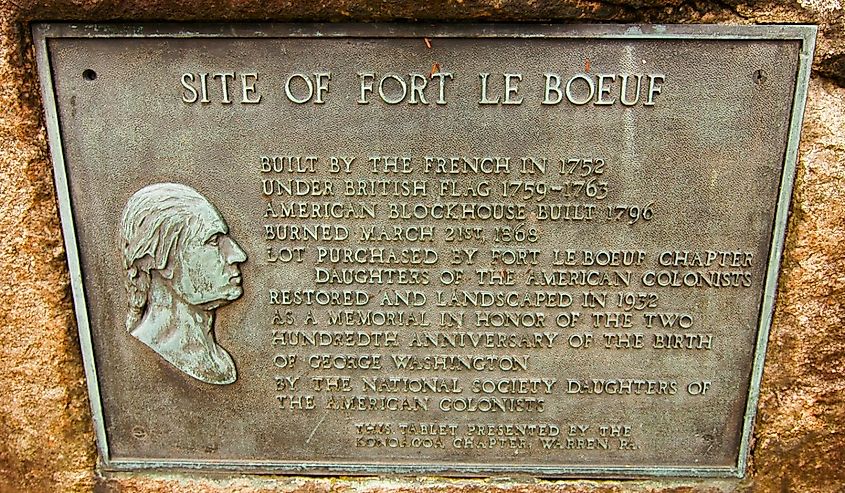
Sometimes referred to as Fort de la Riviere au Boeuf, Fort LeBoeuf was established by the French in 1753 on a fork of French Creek in what is now Waterford, northwest Pennsylvania, in Erie County on the banks of LeBoeuf Creek. Fort LeBoeuf served as a strategic French outpost during the French and Indian War. It was also the site where George Washington delivered a message demanding the withdrawal of French troops in December 1753. This led up to the French and Indian War. The fort changed hands over the years of the war. It was captured and destroyed by Native Americans during Pontiac's Rebellion in 1763.
Today, the Fort LeBoeuf Museum stands on the former site of the fort. It is open to the public from May through October and offers free admission.
Fort Roberdeau
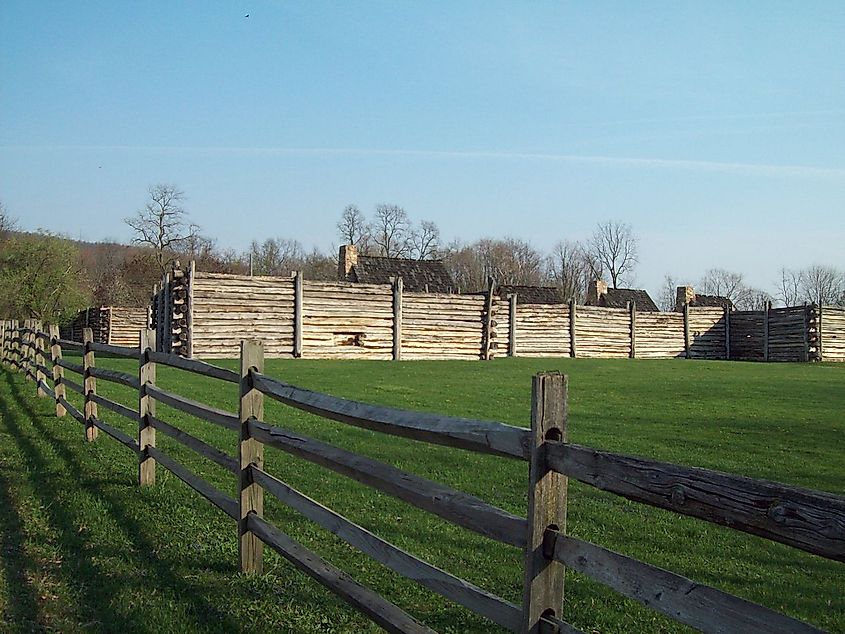
Also called The Lead Mine Fort, Fort Roberdeau is in Tyrone Township, in the Sinking Spring Valley, outside of what is the town of Altoona today. Fort Roberdeau was strategically important during the American Revolution to protect lead mining operations that produced ammunition. It was built by General Daniel Roberdeau to secure lead deposits used to produce musket balls for the Continental Army. After the Revolutionary War, the fort fell into disrepair, but was reconstructed in 1975-76.
Today, the public can visit the reconstructed fort at its original site from May 1 to October 31. It is open for tours from Monday through Saturday from 10 a.m. to 4 p.m. and Sunday from 1 p.m. to 4 p.m. As of 2025, admission is $10 for adults, $5 for seniors, and $3 for students from kindergarten to age 12. Children under kindergarten age are admitted for free.
Valley Forge National Historic Park
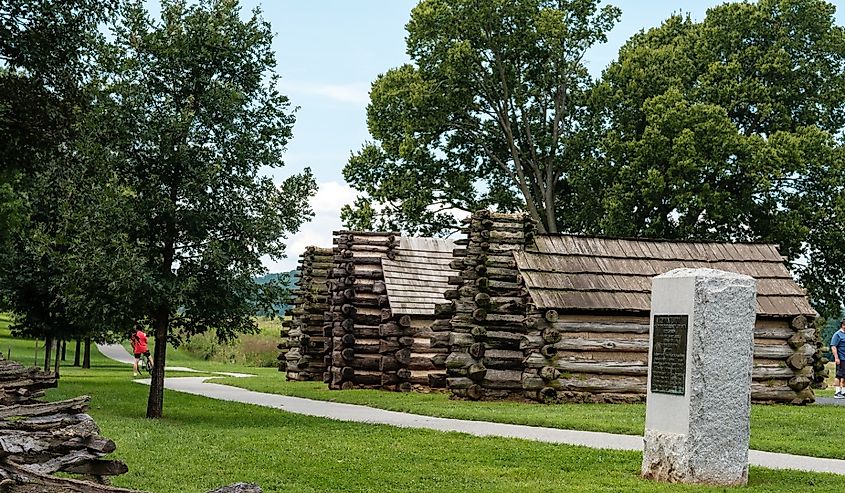
Valley Forge National Historic Park marks the site where the Continental Army, under the leadership of General George Washington, endured a harsh winter encampment during the American Revolutionary War from 1777 to 1778. It was a crucial period during the development of the Continental Army and stands as a memorial to soldiers who died there, as well as a testament to the sacrifices of all who fought for American independence.
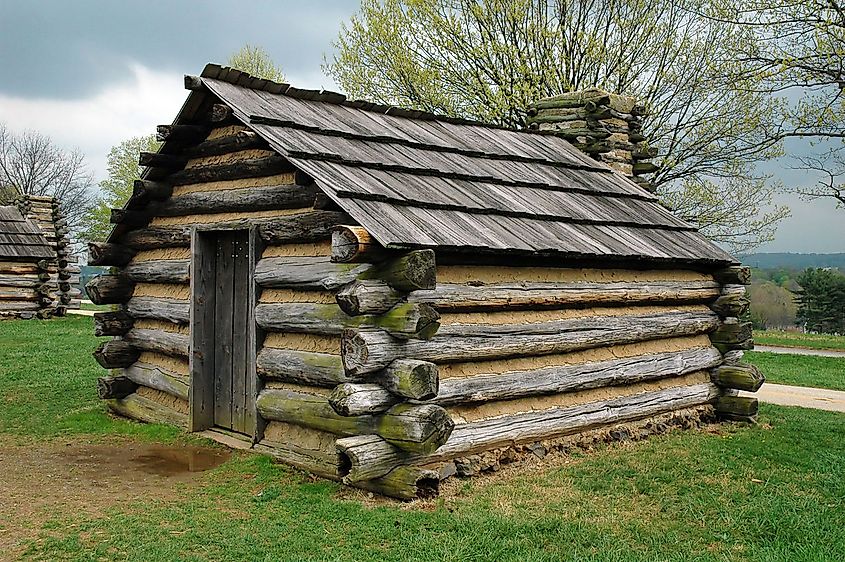
Today, many reconstructed and historic earthen forts still stand at Valley Forge, including Redoubt 2, Redoubt 3, and Redoubt 4. The public can visit the 3,500-acre Valley Forge National Historic Park, which sits northwest of Philadelphia in King of Prussia along the Schuylkill River. The park is open every day from 7 a.m. to sunset. The visitor center is open from 9 a.m. to 5 p.m. daily, except for Thanksgiving, Christmas, and New Year's Day. Admission to the park is free.
Fort Hunter
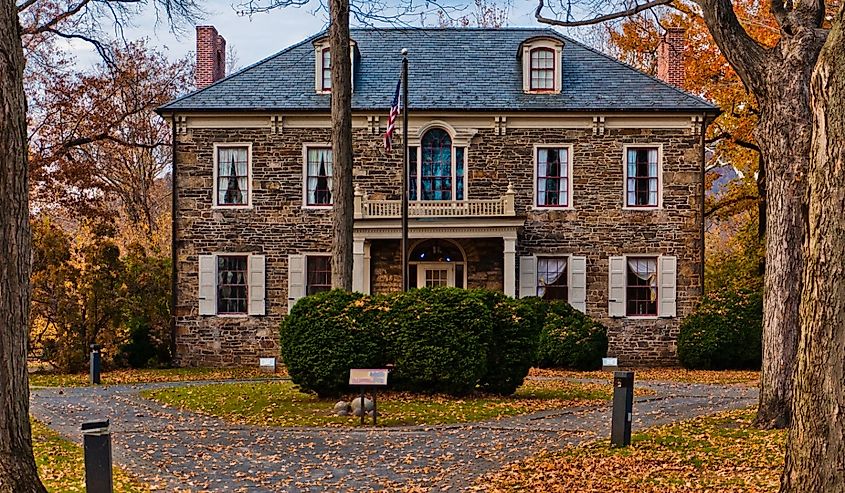
Fort Hunter was originally a gristmill established by Samuel Hunter in 1755 in Dauphin County, near the confluence of Fishing Creek and the Susquehanna River. Hunter's Mill was fortified by the Pennsylvania government in 1755 to protect against Native American attacks. Fort Hunter was then built by British Colonel William Clapham as a fort during the French and Indian War to defend against French and Native American attacks. The fort was later used as a supply depot during Pontiac's War in 1763, after which time it was abandoned. The community of Fort Hunter was established nearby after 1787.
Today, visitors can visit Fort Hunter Mansion and Park at the site of the original Fort Hunter, which is 40 acres along the Susquehanna River and has a Harrisburg address. The park is open daily and has free admission. Tours of the mansion must be reserved in advance.
Brandywine Battlefield Park
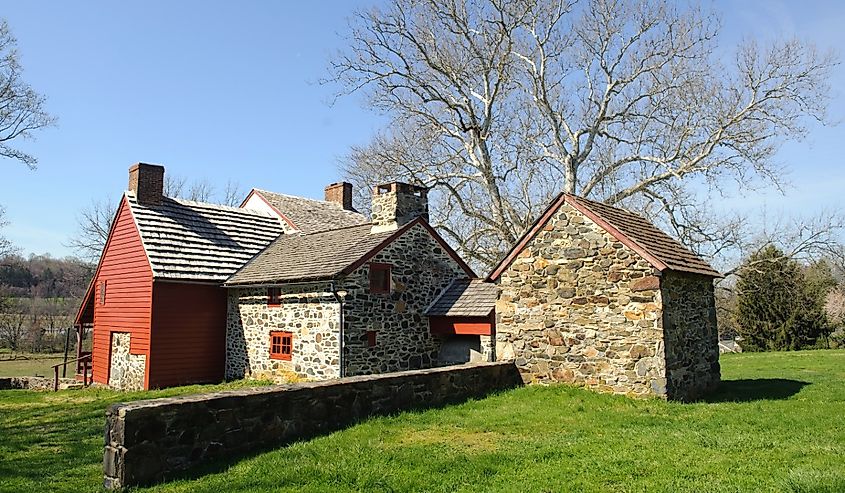
Brandywine Battlefield Park is the site of the largest single-day battle of the American Revolution, the Battle of the Brandywine. This took place outside of Philadelphia, in Delaware County, on September 11, 1777, involving 30,000 soldiers on a 35,000-acre battlefield. It was part of the British attempt to capture Philadelphia, which was, at that time, the American capital. Although the British won the Battle of the Brandywine, it was considered a turning point for the Continental Army and strengthened their resolve.
Today, visitors can visit 52 acres of the original battlefield. Although the battlefield did not have traditional "forts," since the Brandywine River served as a natural barrier, structures such as the Benjamin Ring House (Washington's Headquarters) and the Gideon Gilpin House are available to tour today, along with a museum. The park is open on Fridays and Saturdays from 10 a.m. to 4 p.m. Admission prices are $8 for adults, $7 for seniors, $5 for children ages 3 to 11, free for kids under 3, and free for active duty military. If you just want to walk the grounds, you can do so for free.
Check Out These Historic Remains
Each of these Pennsylvania forts tells its own story of hardship, survival, and overcoming adversity. Whether you choose to visit a fort that began its life as a grist mill and served several and varied purposes, like Fort Hunter; or a park that was used to shelter American troops during one of the harshest winters on record, like Valley Forge National Historic Park, touring these forts will help you to better understand a turbulent time in US history.





